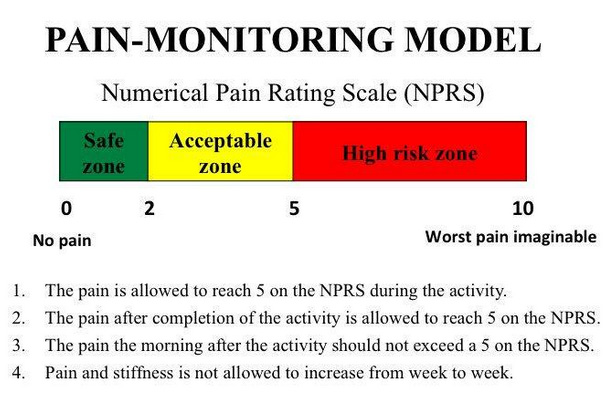Developing Manual Therapy Frameworks for Dedicated Pain Mechanisms
Reviewed by Jerome Thomas, SPT, Tyler Tice, PT, DPT, OCS, ATC
Manual therapy is one of the most common interventions utilized by physical therapists and generally refers to passively applying mechanical forces to the superficial body in order to receive a therapeutic effect. Manual therapy is often implemented in combination with other modalities and interventions to provide a comprehensive, multi-modal approach to musculoskeletal management. Additionally, manual therapy has shown superior clinical outcomes for numerous musculoskeletal disorders in the research that has been conducted on this intervention. However, new evidence in the field of physical therapy has led to a paradigm shift in the way that manual therapy can be utilized. Researchers in physical therapy are asking this pivotal question: Do some specific groups of individuals receive greater therapeutic benefits from manual therapy compared to others?
The International Association for the Study of Pain (IASP) outlines three major pain classifications: nociceptive, nociplastic, and neuropathic. Nociceptive pain is a protective mechanism, caused by physiological activation of pain receptors and is usually attributed to actual tissue damage such as stubbing your toe. Nociplastic pain is often described as increased sensitivity to pain due to the impaired functioning of the pain-processing systems in the central nervous system. This type of pain presentation is commonly seen in chronic conditions such as fibromyalgia. Lastly, neuropathic pain arises from nerve damage or irritation and can often be characterized as shooting, burning, or stabbing pain. There is a prevalent hypothesis that categorizing patients based on these three major pain presentations will allow physical therapists to better tailor their manual therapy techniques for improved patient outcomes.
This detailed study was a consensus-based survey design between the expert clinicians on manual therapy, with group members evaluating one of the three major pain presentations. These group members were tasked with developing an optimal manual therapy treatment framework for each specific pain presentation. These expert clinicians or stakeholders in this study all exhibited high levels of training and experience using manual therapy interventions in clinical practice. Each specific manual therapy framework would outline specific treatment protocols that could be modified based on the patient’s signs and symptoms. As expected, there are both differences and similarities between the theoretical frameworks of the three IASP mechanism-based pain classifications.
The experts came away with several conclusions concerning each specified theoretical framework. The neuropathic and nociplastic frameworks recommended a graded application scheme, with less aggressive techniques early in treatment to monitor patient response; the nociceptive framework recommended approaches that are more aggressive once the patient’s symptoms are improved. For the neuropathic and nociplastic frameworks, it was recommended that you attempt to reconceptualize the pain experience for these patients and create an environment that limits fear and catastrophizing. Additionally, there was an emphasis on “increasing space” for the neuropathic framework as nerve movement increases blood flow in nerve-related conditions.
Clinical Application:
All three frameworks recommended selecting a therapeutic manual therapy approach based on the patient’s unique pain presentation. Patients with neuropathic pain will benefit from graded application of manual therapy and techniques that aim to increase nerve movement for improved blood flow. Patients with nociplastic pain will generally benefit from a reconceptualized view of their pain experience along with less aggressive techniques early on in their treatment plan. Patients with nociceptive pain can be introduced to more aggressive techniques as their symptoms improve; techniques should be selected with the goal of increasing pain-free active range of motion.
Reference:
Cook, C. E., Rhon, D. I., Bialosky, J., Donaldson, M., George, S. Z., Hall, T., … & Puentedura, E. J. (2023). Developing Manual Therapy Frameworks for Dedicated Pain Mechanisms. JOSPT Open, 1(1), 1-15.

